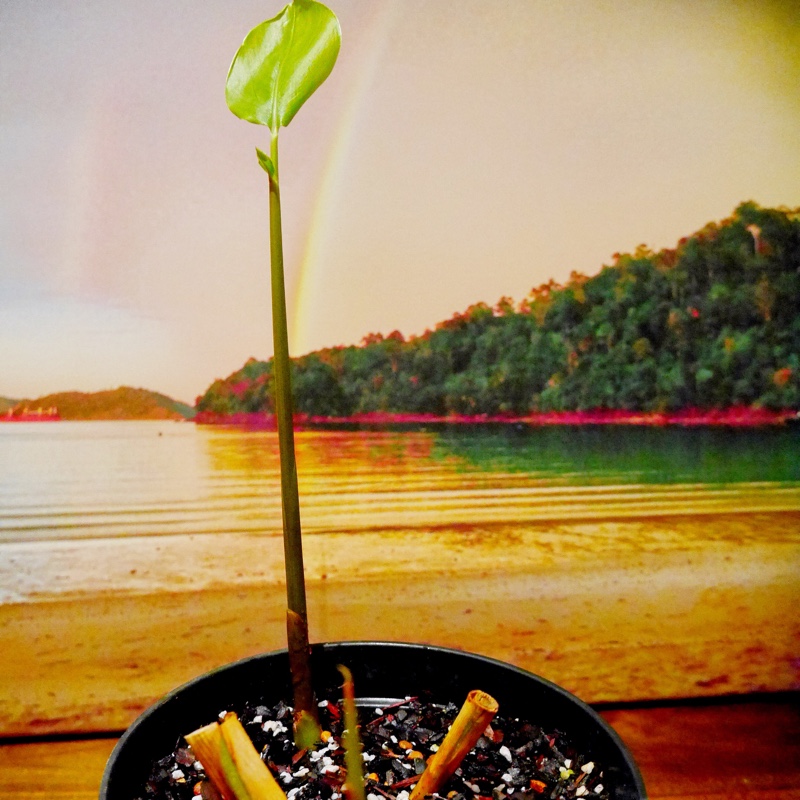
Alpinia Galanga
Greater Galangal
Galangal is a root in the ginger family. It looks similar to ginger, although a little paler in colour, but the flavour is more spicy and pungent than ginger, and it is harder to grow, as it requires quite specific conditions. Galangal is very sensitive to frost, and is susceptible to rotting if water-logged. It is a tropical plant, and so in temperate climes is best suited to being grown in a container indoors - but it needs plenty of space, as it can grow up to 2m tall. The leaves are about a foot long, and the flowers, which are borne at the top of the plant, are small, white and streaked with dark-red veining.
Contributed by @drnicko
-
Full sun to partial shade
-
Occasional watering
-
Not Frost hardy
-
Free draining and fertile
Common name
Greater Galangal
Latin name
Alpinia Galanga
type
Rhizome
family
Zingiberaceae
ph
6.6 - 7.3 Acid - Neutral
Plant & bloom calendar
-
Best time to plant
-
When the plant will bloom
-
When to harvest
full grown dimensions
 1.00 M
2.00 M
1.00 M
2.00 M
Alpinia Galanga
Galangal is a root in the ginger family. It looks similar to ginger, although a little paler in colour, but the flavour is more spicy and pungent than ginger, and it is harder to grow, as it requires quite specific conditions. Galangal is very sensitive to frost, and is susceptible to rotting if water-logged. It is a tropical plant, and so in temperate climes is best suited to being grown in a container indoors - but it needs plenty of space, as it can grow up to 2m tall. The leaves are about a foot long, and the flowers, which are borne at the top of the plant, are small, white and streaked with dark-red veining.
Flowering
From Mid Summer TO Late Summer
Clusters of small white orchid-like flowers appear in Summer
Planting
From Early Spring TO Late Spring
This is a tropical plant, and can only be grown successfully outdoors if the climate is tropical. For any other climate the plant needs to be grown in a container indoors. The soil or compost must be free-draining, or the roots will rot. This plant is quite particular about the growing conditions.
Propagating by division
From Early Autumn TO Mid Autumn
The rhizome can be divided into smaller pieces, as long as each piece has at least one nodule from which the leaves will shoot. It also needs plenty of space in which to grow, as it can grow into a large plant












